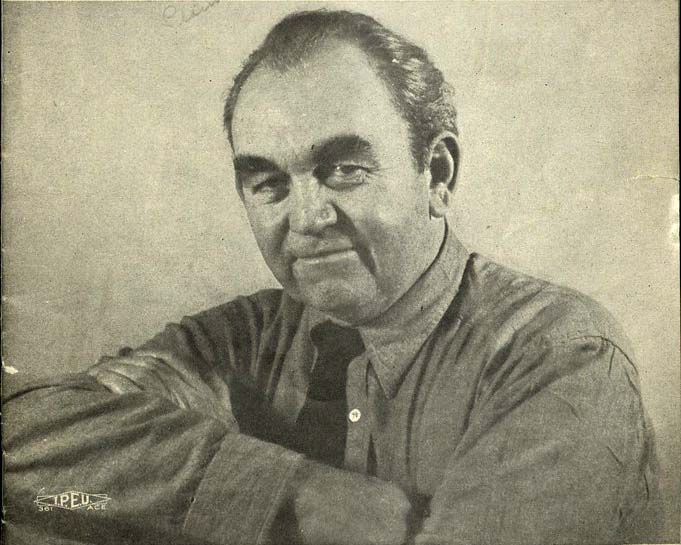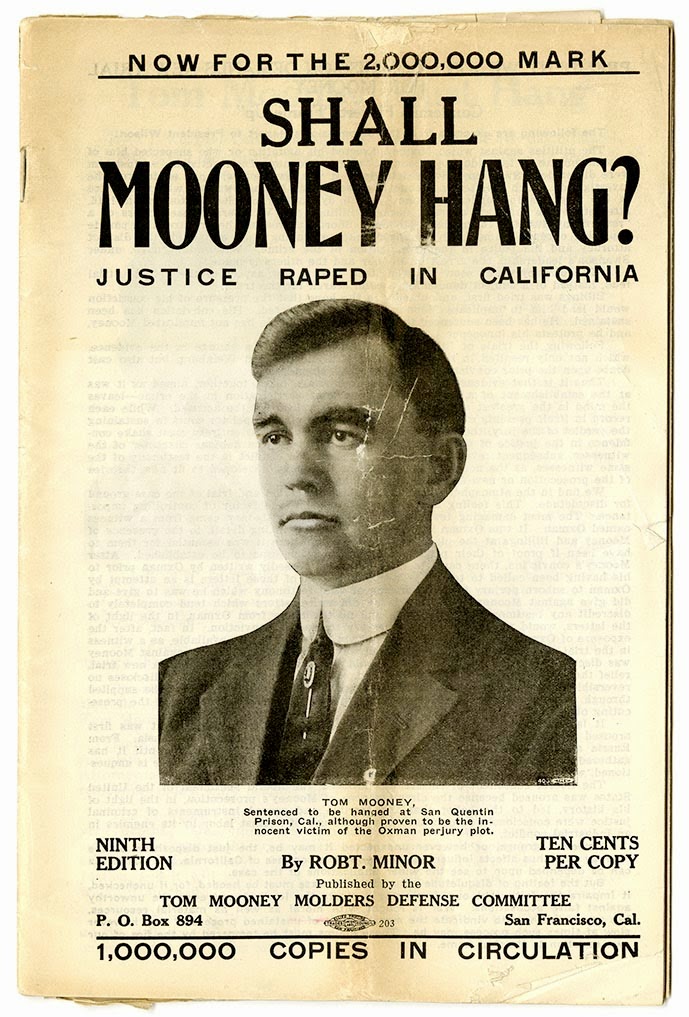Thomas Joseph “Tom” Mooney, a name etched in the annals of American labor history, encapsulates the tumultuous journey of an activist whose life unfolded against the backdrop of a nation in flux. From his humble beginnings to the controversial trial that defined him, Mooney’s narrative weaves through the fabric of time, challenging us to grapple with the nuances of justice, activism, and the ever-evolving quest for a fair and equitable society.
Interesting Facts about Thomas Mooney, US Labor Leader
Thomas Joseph “Tom” Mooney, born on December 8, 1882, embarked on a journey that would weave his destiny into the intricate tapestry of American socio-political history. His childhood, marked by the challenges of the late 19th century, set the stage for a man who would later become a pivotal figure in labor activism. Growing up amidst the backdrop of a rapidly changing America, Mooney’s early years were shaped by the tumultuous transition from the Gilded Age to the Progressive Era.
1. A Catalyst for Change
As the 20th century dawned, Tom Mooney found himself drawn to the burgeoning labor movement, a potent force seeking to reshape the landscape of worker’s rights. His fervent advocacy for fair labor practices led him to the forefront of a rapidly evolving political arena. Mooney’s commitment to the cause catapulted him into a position where he became not only a labor leader but a symbol of resistance against the injustices faced by the working class.
2. The Infamous Incident
The zenith of Mooney’s association with controversy came in 1916 with the San Francisco Preparedness Day Bombing. Accused alongside Warren K. Billings, Mooney found himself at the epicenter of a trial that would grip the nation’s attention. The incident, a tragic detonation during a parade, led to a legal maelstrom that would shape Mooney’s legacy in unforeseen ways.
3. A Verdict and its Repercussions
Convicted in connection with the bombing, Tom Mooney faced a harsh judicial sentence that reverberated through the corridors of power. The aftermath of the trial became a crucible for the American justice system, sparking debates about due process and the perceived influence of political agendas. Mooney’s conviction, though ostensibly a closed chapter, left an indelible mark on the landscape of civil liberties and the struggle for justice.
4. Legacy and Posthumous Redemption
Despite his conviction, Tom Mooney’s story does not conclude within the confines of a prison cell. Posthumously, there emerged a reevaluation of his case, and questions regarding the fairness of his trial gained momentum. The labor leader’s legacy became a symbol of the complexities inherent in navigating the delicate balance between activism, justice, and the sometimes capricious nature of historical narratives.
More Interesting Articles
- 40 Interesting Fun Facts about Egyptian Queen Cleopatra
- 30 Surprising Mary Queen of Scots Interesting Fun Facts
- 38 Maya Angelou Activist Writer Interesting Fun Facts
- 26 Adam Smith Father of Economics Interesting Fun Facts
- 29 Philosopher Rene Descartes Interesting Fun Facts
- 10 Fun Interesting Facts about Aristotle Greek Scientist
- 10 Interesting Fun Facts about Archimedes Greek Mathematician
- 23 Edgar Allan Poe American Writer Interesting Fun Facts
- 20 Abraham Lincoln 16th US President Fun Interesting Facts
- 10 Interesting Facts about George Washington 1st US President
- 20 Theodore Roosevelt 26th US President Interesting Fun Facts
- 22 Nikola Tesla American Scientist Interesting Fun Facts
- 31 Martin Luther Reformer Interesting Fun Facts
- 19 Booker Washington Black Leader Interesting Fun Facts
- 37 Paul Klee German-Swiss Artist Interesting Fun Facts
- 20 Sir Francis Drake English Explorer Interesting Fun Facts
- 20 Franklin D Roosevelt 32nd US President Interesting Fun Facts
- 30 John Adams 2nd US President Interesting Fun Facts
- 33 Woodrow Wilson 28th US President Interesting Fun Facts
- 31 Thomas Jefferson 3rd US President Interesting Fun Facts

